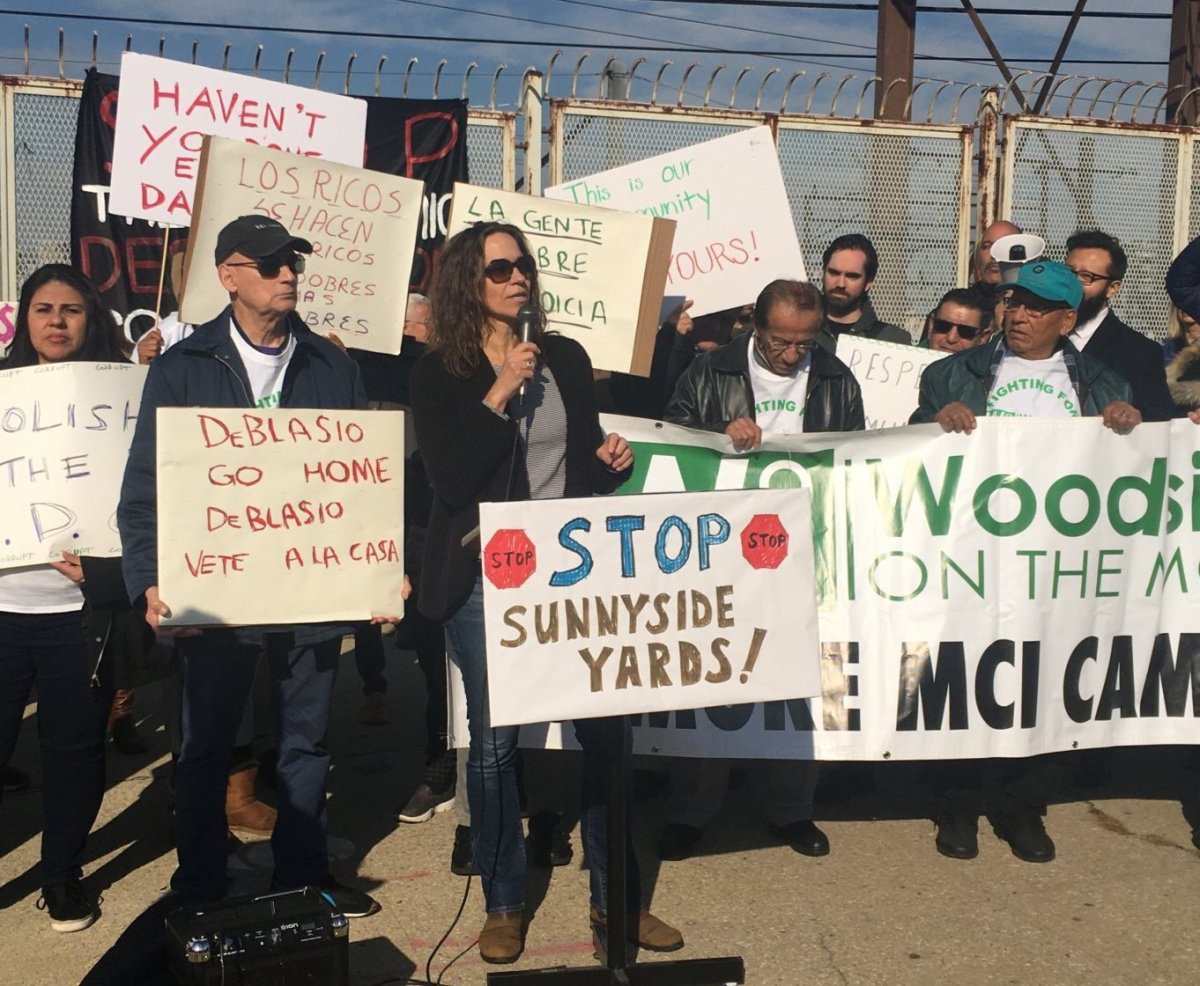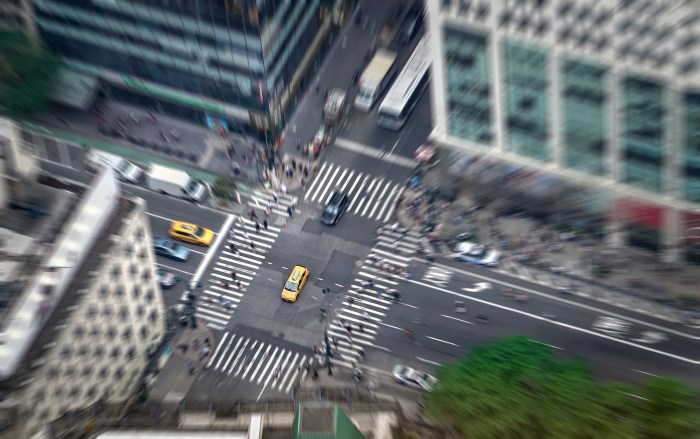BY EMILY SHARPE
NYC’s 11th Worst Landlord of 2019 — Adam Weinstein of Phipps Houses Group — is back in Sunnyside and wants City Council Member Jimmy Van Bramer to approve his rezoning plan before he leaves office!
With a few tweaks and sleight of hand, Phipps has presented a new plan for an 8-story mixed-use building on Barnett Avenue that’s being sold as responsive to calls for deeper affordable housing in the neighborhood.
However, there are (at least) two problems with this assertion: 1) Phipps is a proven bad-actor whose word should not be trusted; and 2) Phipps’ new plan will house even fewer low-income folks and indicates they negotiate in bad-faith.
Phipps isn’t the city’s 11th worst landlord for no reason. Did you know that Phipps gets to buy city-owned property for $1 to build affordable housing like Mitchell Lama, then converts them to market rate not long after?
Despite recent claims by politicians that these new housing developments will bring racial justice to our city, they should not be believed. Bad-actors like Phipps have willingly destroyed such ecosystems in Manhattan at Kips Bay where a 21-year tenant of Mitchell Lama housing stated, “We are a community that is completely diverse, by age, by race, by economic status. When these apartments become luxury high rises, do you think we’ll still have the same ethnic diversity? I doubt it.”
In the Bronx, you can see the most striking examples of this lack of commitment to anything but profit as Phipps clears out its tenants through evictions and substandard living conditions in the predominately Latinx and Black areas to prepare for wealthier and whiter ones.
Upon inspection of city records, a pattern of evictions and violations emerges in the areas closest to Crotona and Tremont Parks. Here, the city has committed $75 million for a 20-year renovation that some hope will create a new Prospect Park, one of the most expensive and sought-after neighborhoods in the city.
For instance, directly across the street from Crotona Park at 1691 Fulton Ave., Phipps is subjecting its rent stabilized tenants to deplorable living conditions and has racked up 564 violations from the city since 2010 — 83 percent of which were hazardous. Tenants complain of broken or missing radiators in the dead of winter, broken or missing sinks, bathtubs and window guards, along with the garden-variety infestation of roaches, mice and flies.
In Queens, a few steps away from the proposed Barnett Avenue development, similar things are happening in Phipps’ largest rent stabilized building at 50-01 39th Ave. Here, Phipps has converted close to 40 rent stabilized units to market rate, but now says it wants to (wait for it…) provide affordable housing across the street!
Phipps has also racked up 265 violations since 2010, and in September 2016 – the same month that Phipps’ previous plan for Barnett Avenue was rejected by the community, there were 76 violations – 60 of which were hazardous. In other words, 30 percent of all violations in a six-year period occurred in just one month! It’s frightening as a tenant to think that these violations were retaliatory, but as Van Bramer acknowledged in 2016, “’I always knew there were issues…because I know many people who live there, but I was floored by how many people spoke out against Phipps as landlords.’”
Now that we know more about Phipps, it’s not hard to imagine that their 2020 plan is worse for the most vulnerable than their previous plan.
Due to a rapidly rising Area Medium Income (“AMI”) which has increased $24,700 since 2016, 100% AMI is now equal to $102,400 for a family of three, not $77,700 as it was in 2016. This means that the lowest AMI bracket presumably chosen by Phipps in 2016 – 30% AMI – would not reach those same people today.
For example: In 2020, if 100 percent AMI = $102,400, then 30 percent AMI = $30,720 (30 percent x $102,400). And, in 2016, if 100 percent AMI = $77,700, then 30 percent AMI = $23,310 (30 percent x $77,700). Therefore, residents now must make $7,410 more to qualify for one of these apartments. Furthermore, if the trend holds, in 2023 when the units become available, no one earning less than $36,277 would qualify due to AMI increases.
In addition, Phipps’ 2020 filing states that it will house people in “low” and “moderate” income brackets, defined by the city as 51-80 percent AMI and 81-120 percent AMI, respectively, with 10 percent reserved for 40 percent AMI. That means their plan does not even target 30 percent AMI – so no one earning less than $40,960 today or $48,370 in 2023 would qualify – but now wealthier people would get units as the plan lifts the cap to $112,640 (110 percent AMI) from $101,010 (130 percent AMI) in 2016.
Sure, in the end, Phipps will throw in a few units here and there as part of its negotiating tactics but as western Queens becomes hipper and trendier in the next decade, are we to expect even more outrageous behavior from Phipps, similar to 1691 Fulton Avenue, and will rent stabilized units continue to be converted to market rate as soon as it’s safe for them to do so?
And the bigger question is: why would we want this for our fellow New Yorkers? Council Member Van Bramer: as a Sunnyside resident who cares about her fellow New Yorkers, I respectfully implore you to say “No” to the latest Barnett Avenue proposal for all of the reasons above.
Emily Sharpe is a 22-year resident of Sunnyside, attorney and founder of the group Stop Sunnyside Yards.




































